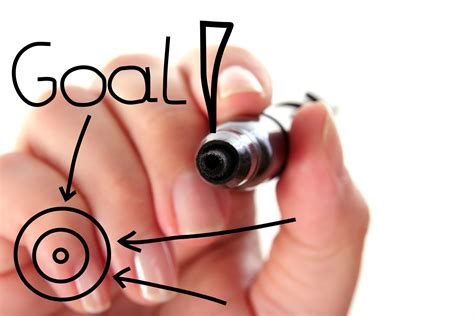At the start of the year – did you have lofty goas for the year ahead?
Did it seem like the world is your oyster and that it was going to be a productive year?
Planning to lose 5kg? Being more flexible? learn a new language? Catch up with old friends.
We all have these goals – yet come April 2023 and we are no where near closer to achieving some of them.
I had the goal of earning a second income – this has been ongoing for about 5 years now. To date I have earned zero, nada. I have learnt what not to do when achieving this goal.
Where did i go wrong? I focused on too much around me, diverting my critical attention away. I did this by getting happy feelings from those around me, eating and concentrating on what food to cook or eat, mindlessly walking around the shopping centre aisles to decide what i needed to buy.
The key that i have learnt is to have one focus – that one focus is all encompasing for you. The aim is not the goal – but the time spent on achieving this one focus that you have.
In the morning – DO NOT READ your latest twitter feed, or visit news.com, or scroll through your tik tok.
WRITE DOWN the focus for today and go about grabbing with two hands. No incoming media use in the first hour of rising (Huberman) and then work on the creative juices.

